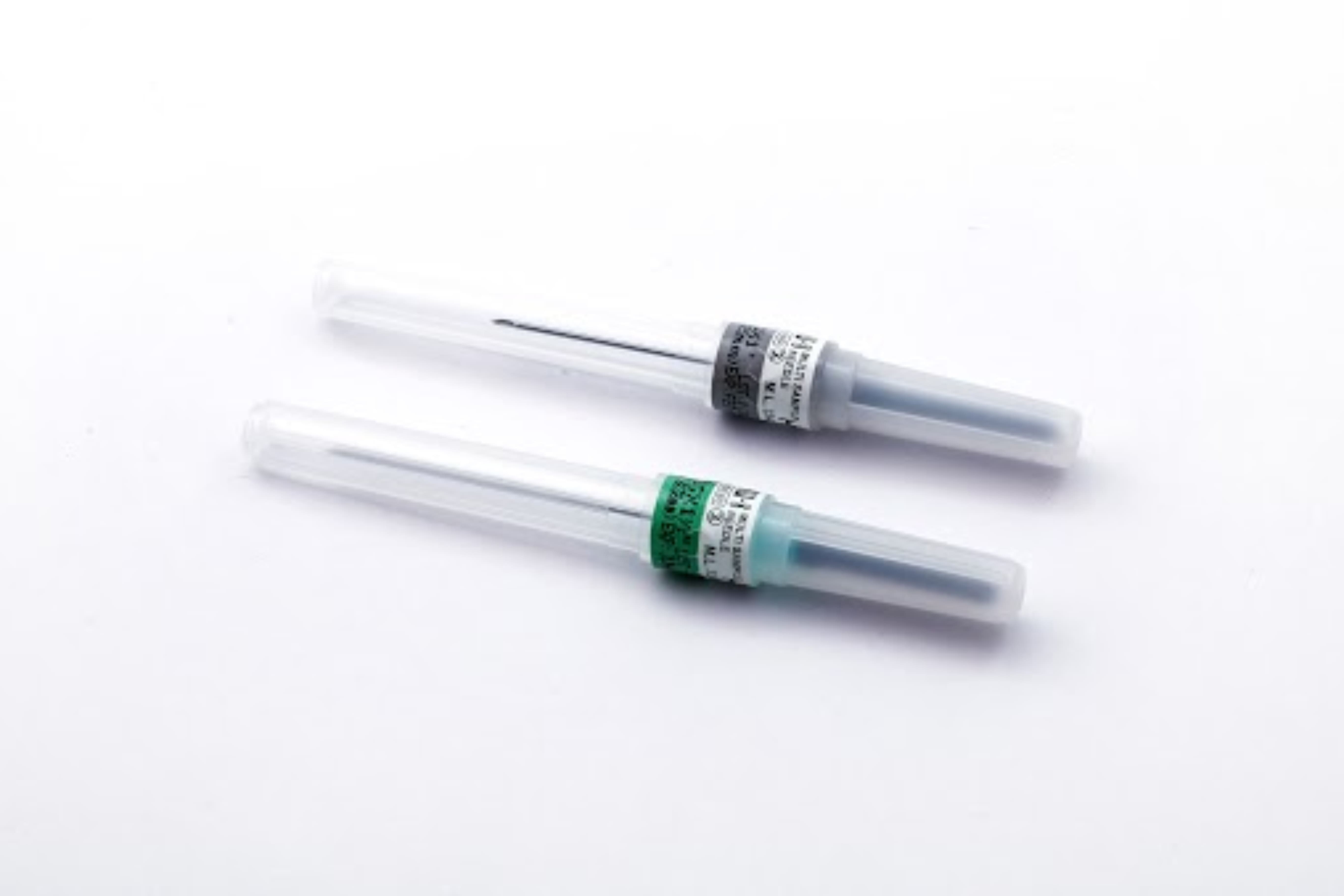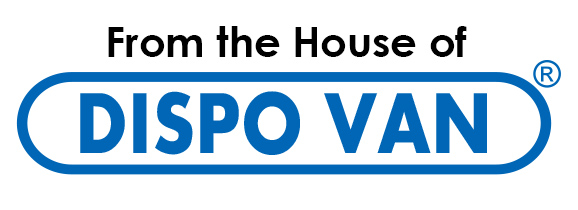

Phlebotomy is the process of puncturing or making an incision in a vein for the purpose of collecting a blood sample for analysis and diagnosis. It is one of the most widespread invasive procedures. Practicing this procedure correctly can have better outcomes for both patients and healthcare workers. Not abiding by best phlebotomy practices, on the other hand, can have the following adverse effects:
- Pain, discomfort, or bruising for the patient at the site of injection. Nerve damage, fainting, and haematoma particularly in blood transfusion services can occur in patients due to incorrect venipuncture practices.
- Improper collection of blood sample often results in inaccurate results leading to the patient having to suffer the inconvenience of a repeat test.
- Both patients and health workers can be exposed to risk from bloodborne pathogens including HIV, HCV, and HBV.
A common question related to phlebotomy is whether to use a straight blood needle or a butterfly needle to increase efficiency and minimize patient pain during blood collection. While straight needles are widely considered safer and better for phlebotomy, this may not always be the case.
The Straight Needle
Straight needles are attached to a vacuum container and syringe. The health worker inserts the needle into the vein, subsequently placing an evacuated tube onto the back of the straight needle to extract the blood sample. The straight needle is ideal when more than one blood sample is required, as multiple tubes can be attached to and removed from a single needle.
The Butterfly Needle
Short and straight with plastic wings on either side, the butterfly needle – also known as a winged-infusion blood collection set or system – generally has flexible tubing. The tubing connects to a connector and either other tubing, or a syringe, vacuum tube holder, or collection bottle to hold the blood. Other than drawing blood, a butterfly needle is also used by doctors for giving IV hydration and medication.
Benefits of the Straight Needle and Butterfly Needle
Straight needles are commonly preferred for blood sample collection because of the following benefits:
- Quality venous samples, as blood samples are less prone to clotting and hemolysis.
- Cost-effective
- Significant reduction in needle-stick injuries.
Butterfly blood needles, however, also have several benefits:
- Helpful for people with veins that are hard to access or those with small/fragile veins.
- Ideally suited for patients with bleeding disorders, such as hemophilia.
- Decreased rates of hemolysis as compared to blood collection through IV catheters.
What is the Right Needle for Blood Collection?
The WHO (World Health Organization) recommends the use of the straight needle, describing it as readily available, having several sizes and gauges, and appropriate for different types of blood draws. It also states that butterfly needles or winged blood collection sets have specific benefits and are recommended for veins that are small or difficult to access such as in pediatric or neonatal patients, oncology and burn patients, and geriatric patients.
The key to proper phlebotomy lies in selecting the correct vein, device type, collection tube, and needle size for every individual patient. Though evidence suggests that the straight needle is better for purposes of blood collection, the butterfly needle is better suited for specific types of patients on whom performing venipuncture might be difficult.

